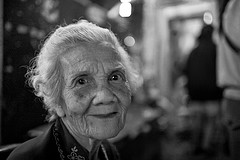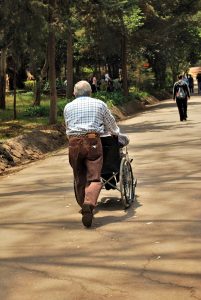 Law enforcement officials are often in a unique position to recognize signs and symptoms of elder abuse in the San Diego area. Yet, as an article from In Public Safety points out, police officers frequently are not sufficiently trained in recognize nursing home abuse and neglect, and as such they inadvertently miss the symptoms that could help to prevent future injuries and, in some cases, deaths. Since nursing home abuse cases also can coincide with calls concerning assault and domestic violence, it is important for law enforcement officers to be trained to recognize the signs of elder abuse.
Law enforcement officials are often in a unique position to recognize signs and symptoms of elder abuse in the San Diego area. Yet, as an article from In Public Safety points out, police officers frequently are not sufficiently trained in recognize nursing home abuse and neglect, and as such they inadvertently miss the symptoms that could help to prevent future injuries and, in some cases, deaths. Since nursing home abuse cases also can coincide with calls concerning assault and domestic violence, it is important for law enforcement officers to be trained to recognize the signs of elder abuse.
Getting Law Enforcement Officials in California Involved in Elder Abuse Awareness
One of the first things we can do, the article suggests, to change the ways in which police officers evaluate whether someone has been the victim of elder abuse is to require specific training about nursing home abuse and neglect. In our state, the California Department of Social Services (CDSS) does have required training for mandatory reporters, but not all law enforcement officials understand the extent of elder abuse in the community and the ways that we can work together to help prevent it.
 Southern California Nursing Home Abuse Lawyer Blog
Southern California Nursing Home Abuse Lawyer Blog

















